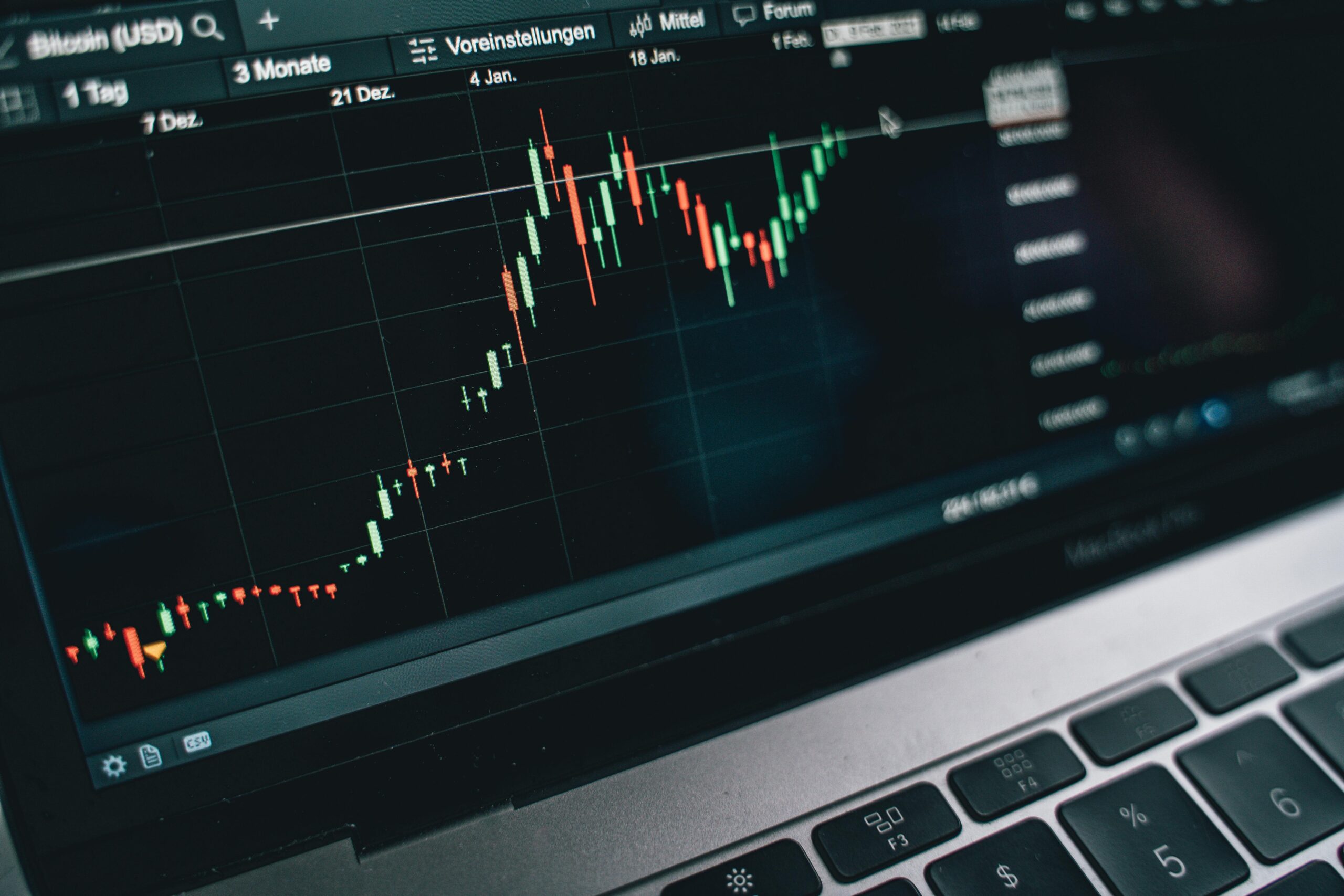Risk management in forex trading is one of the most critical skills you can develop as a trader. Without proper planning and discipline, even the best strategies can lead to losses. Many beginners focus only on finding the perfect entry and exit points but forget that managing risk is what keeps them in the game long term. Whether you are new to forex or have years of experience, learning how to control risk can make the difference between success and failure.
In this guide, you will discover what risk management in forex trading means, why it is important, and how to apply it effectively to protect your capital and maximize your chances of long-term profitability.
Understanding Risk Management in Forex Trading
Before you can apply it, you must understand what risk management in forex trading actually is. At its core, it is the process of identifying, assessing, and controlling potential losses before they happen. In forex, this usually means deciding how much of your account you are willing to risk on each trade, setting stop-loss orders, and diversifying your trades to avoid overexposure.
Many traders overlook risk control because they are eager to focus on profits. However, the reality is that protecting your trading capital is more important than chasing big wins. Without capital, you cannot trade at all.
A good example of risk management in forex trading is limiting your trade risk to no more than 1% to 2% of your account per position. This way, even if several trades go wrong, you still have enough funds to recover.
Why Risk Management in Forex Trading Matters
The forex market is highly volatile. Currency prices can change in seconds due to economic news, political events, or unexpected market reactions. Without a plan to manage this volatility, you may experience large losses that are hard to recover from.
Here are the main reasons why risk management in forex trading is vital:
- Preserves your capital – Protecting your account from large losses ensures you can continue trading.
- Keeps emotions in check – A clear plan prevents emotional decisions driven by fear or greed.
- Improves consistency – Risk management allows you to trade more steadily and avoid big swings in account value.
- Helps long-term growth – Small, controlled losses are easier to recover from than large, unexpected ones.
Many professional traders will tell you that survival in the market is more important than any single profitable trade. That survival depends on proper risk management.
Setting Stop-Loss and Take-Profit Orders
Stop-loss and take-profit orders are essential tools for managing your trades. A stop-loss automatically closes your position when the market moves against you by a set amount, while a take-profit closes the position when your target is reached.
For effective risk management in forex trading, you should never place a trade without a stop-loss. This prevents small losses from turning into devastating ones. The placement of a stop-loss should be based on market structure, not on random numbers. For example, setting a stop-loss just beyond recent support or resistance levels is a common approach. A take-profit order helps lock in profits before the market reverses. It is equally important because it keeps you from holding onto a trade too long out of greed.
Using Position Sizing Effectively
Position sizing determines how much you trade per position based on your account size and risk tolerance. Even if you have a winning strategy, trading too much can wipe out your account quickly. A common rule for risk management in forex trading is the 1% rule. If your account balance is $10,000, you would risk only $100 per trade. The position size is then calculated based on your stop-loss distance and the value per pip.
Position sizing works hand-in-hand with stop-loss orders. Together, they make sure that no single trade has the power to destroy your account. Many traders ignore this step, and it is often the main reason they fail.
Avoiding Overleveraging
Leverage is a powerful tool in online trading, especially in forex. It allows you to control large positions with a small amount of capital. However, high leverage can also magnify losses as much as it can magnify gains. Overleveraging is one of the most common mistakes traders make. Even though some brokers offer leverage as high as 1:unlimited, it does not mean you should use the maximum. The higher the leverage, the higher the risk.
For safe risk management in forex trading, use leverage wisely. Keep your risk per trade low, and do not let leverage tempt you into oversized positions. Remember, a few bad trades with high leverage can wipe out months of progress.
Keeping a Trading Journal
A trading journal is a simple yet powerful tool that supports risk management. By recording every trade, including entry and exit points, stop-loss, take-profit, and the reason for taking the trade, you can identify patterns in your trading behavior.
Over time, reviewing your journal will reveal whether you are sticking to your risk management plan or taking unnecessary risks. It will also help you refine your strategy and avoid repeating mistakes. Without a journal, you may fall into the trap of thinking your trading discipline is better than it really is.
Combining Risk Management with a Trading Strategy
Risk management in forex trading works best when combined with a solid trading strategy. A strategy gives you clear entry and exit rules, while risk management ensures that no single loss can hurt you too much. It is important to note that even the best strategy in the world will experience losing trades. The difference between a profitable trader and a losing one often comes down to how they handle those losses.
For example, the best broker or even the most advanced trading platform cannot save you if you are risking too much on each trade. On the other hand, a trader using a solid plan and disciplined risk control can be profitable with a simple strategy.
Final Thoughts
Risk management in forex trading is not optional. It is a core part of every successful trader’s routine. By controlling your risk, you give yourself the opportunity to stay in the market long enough to let your edge work in your favor. If you are new to the market, start small. Focus on protecting your capital, setting stop-loss orders, using proper position sizes, and keeping leverage under control. This discipline will pay off over time.
If you want to trade with a trusted and regulated broker, you can consider trading with Exness broker. They offer competitive conditions, strong regulation, and excellent support for traders of all levels. For any type of trading-related help or questions, feel free to contact us. Successful trading is a journey, and with the right risk management, you can navigate it with confidence.







